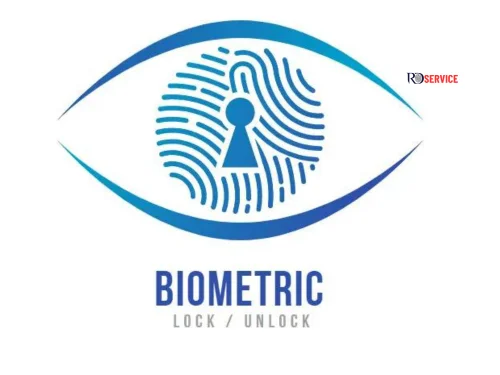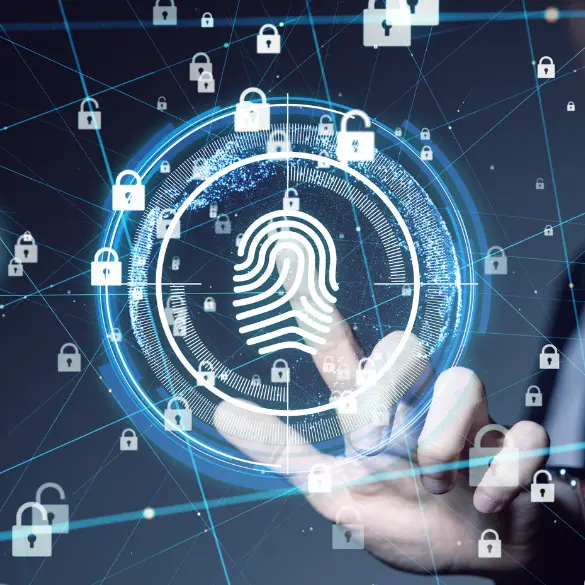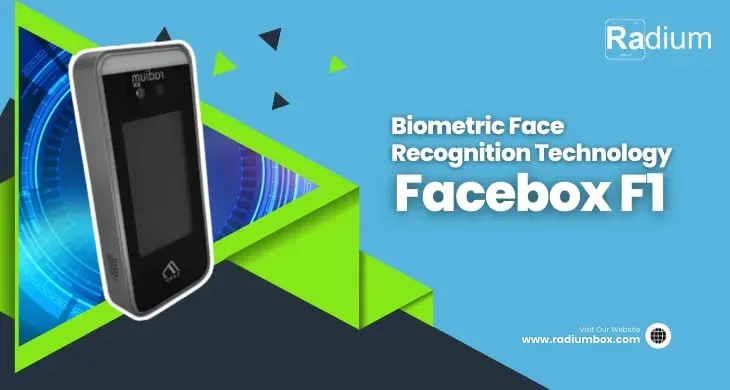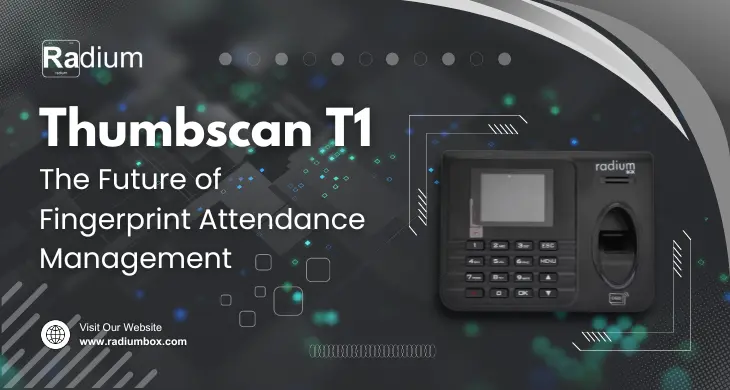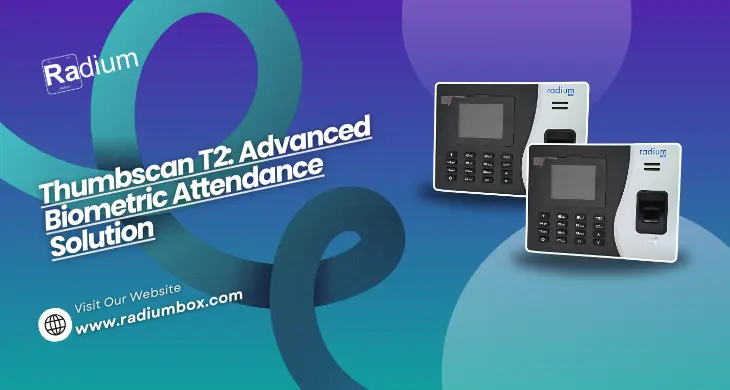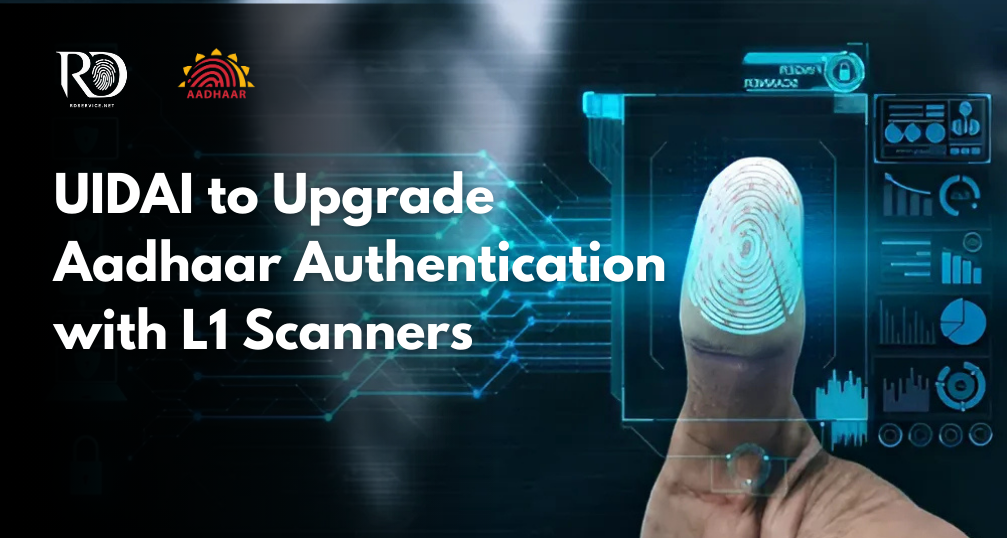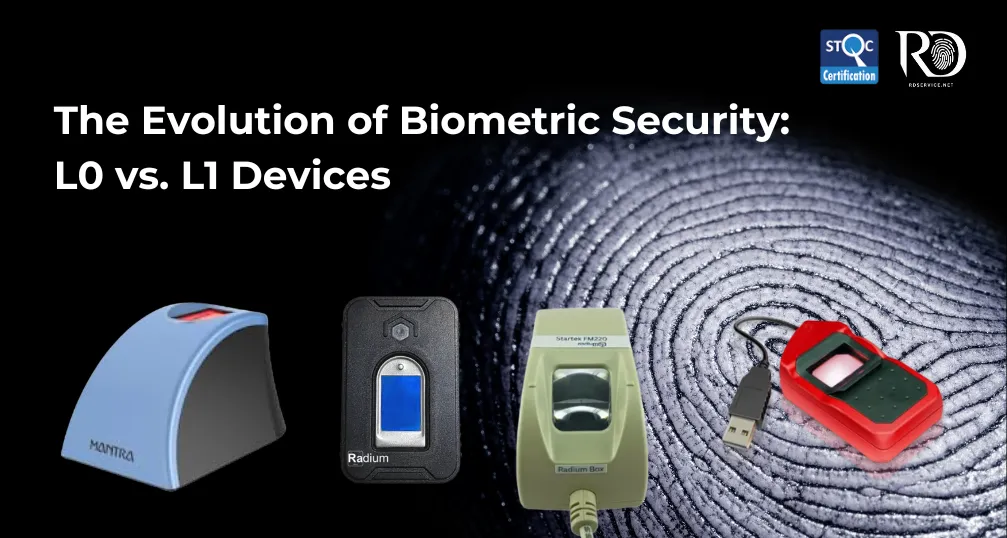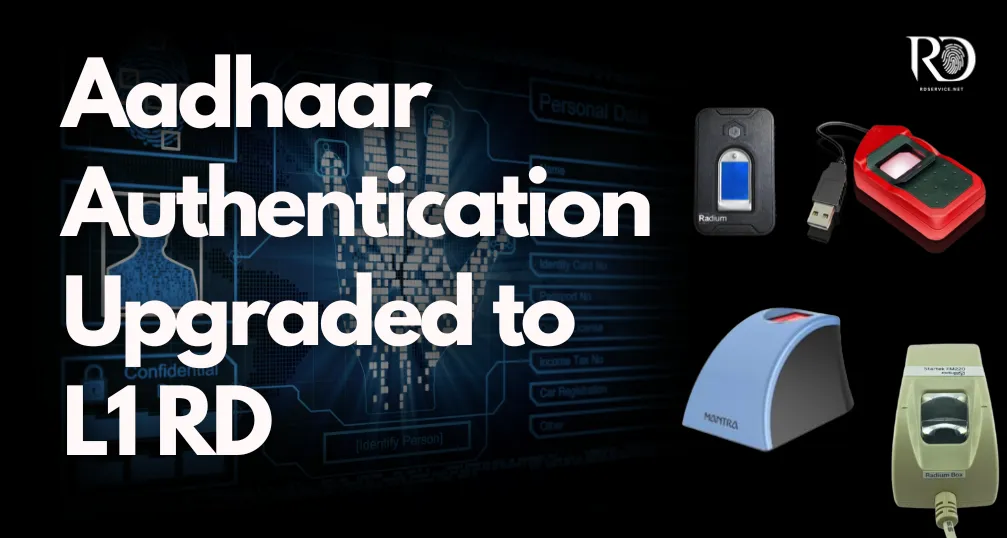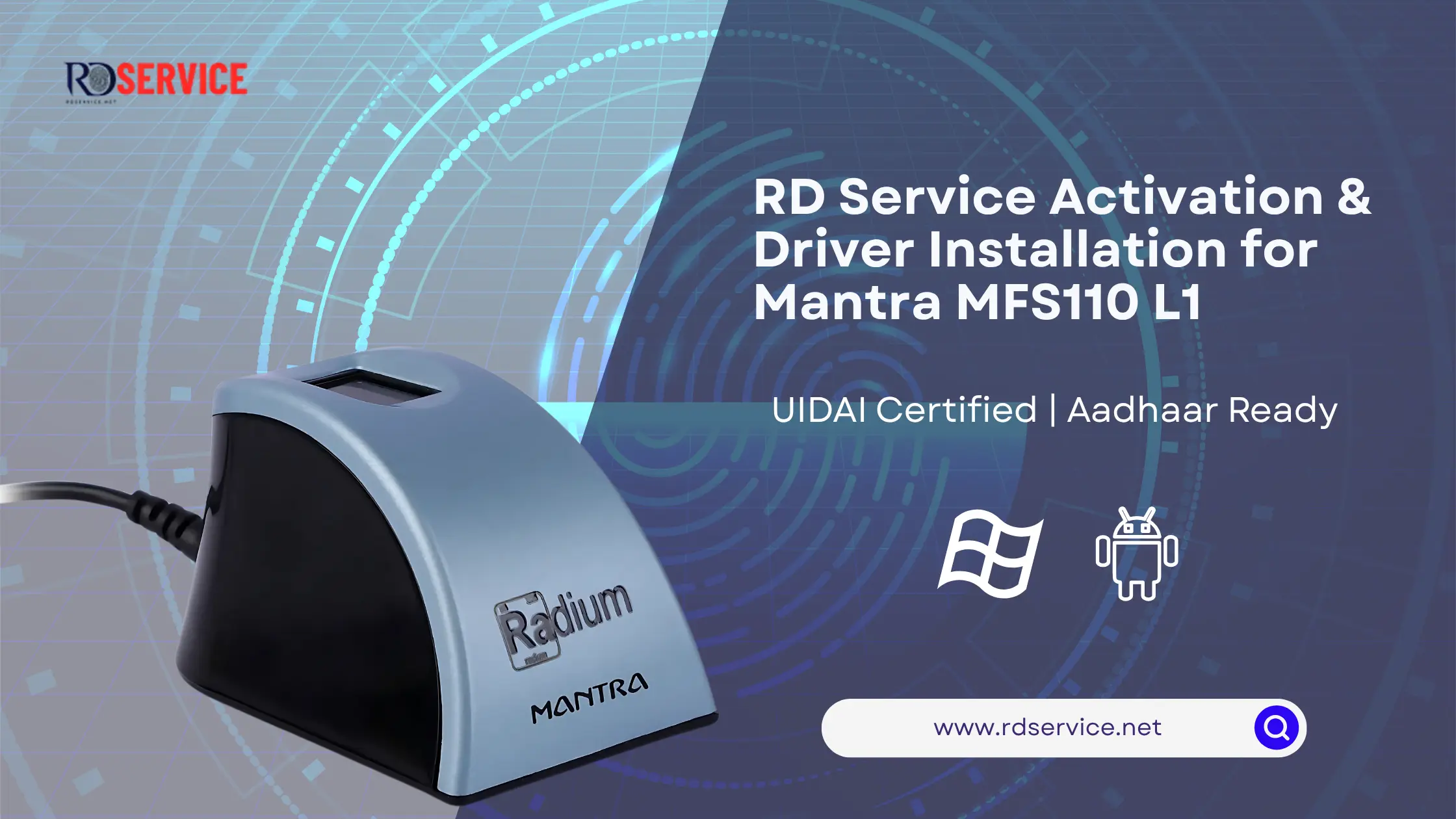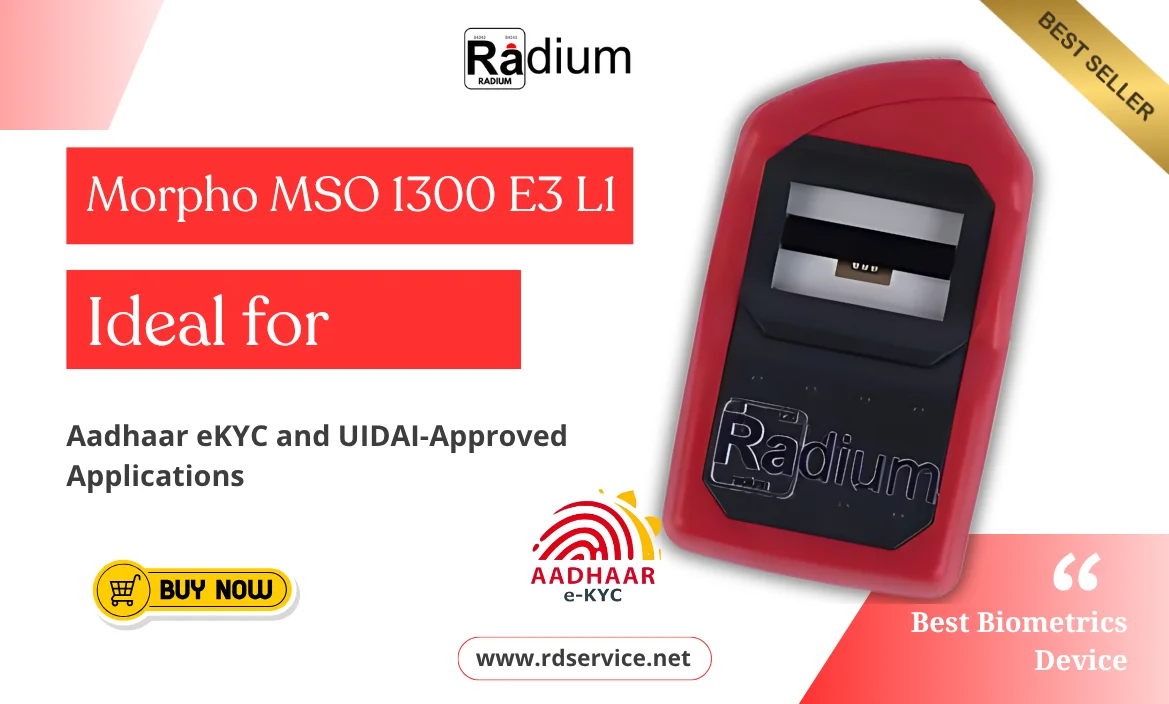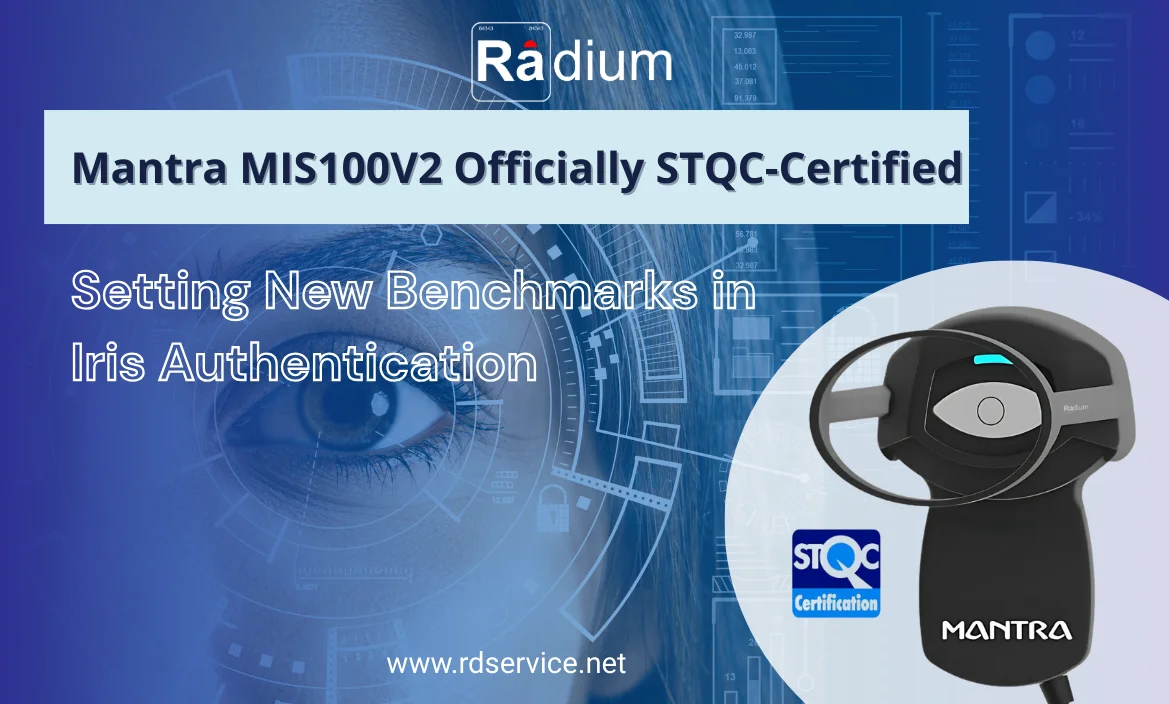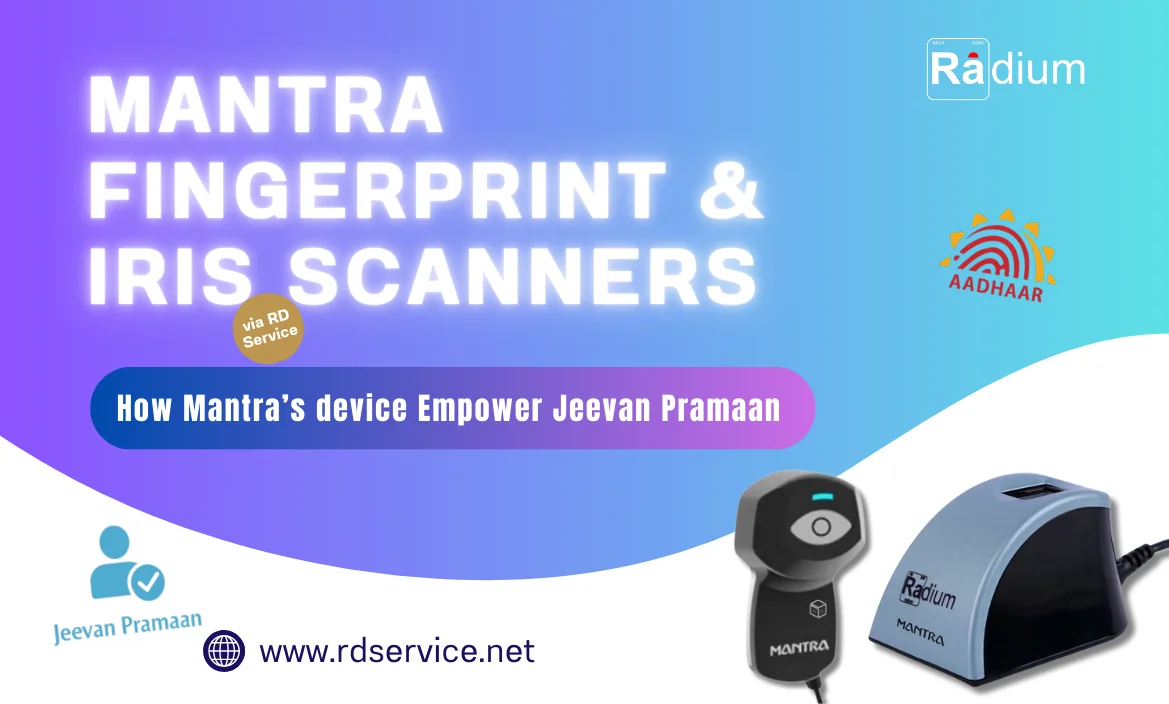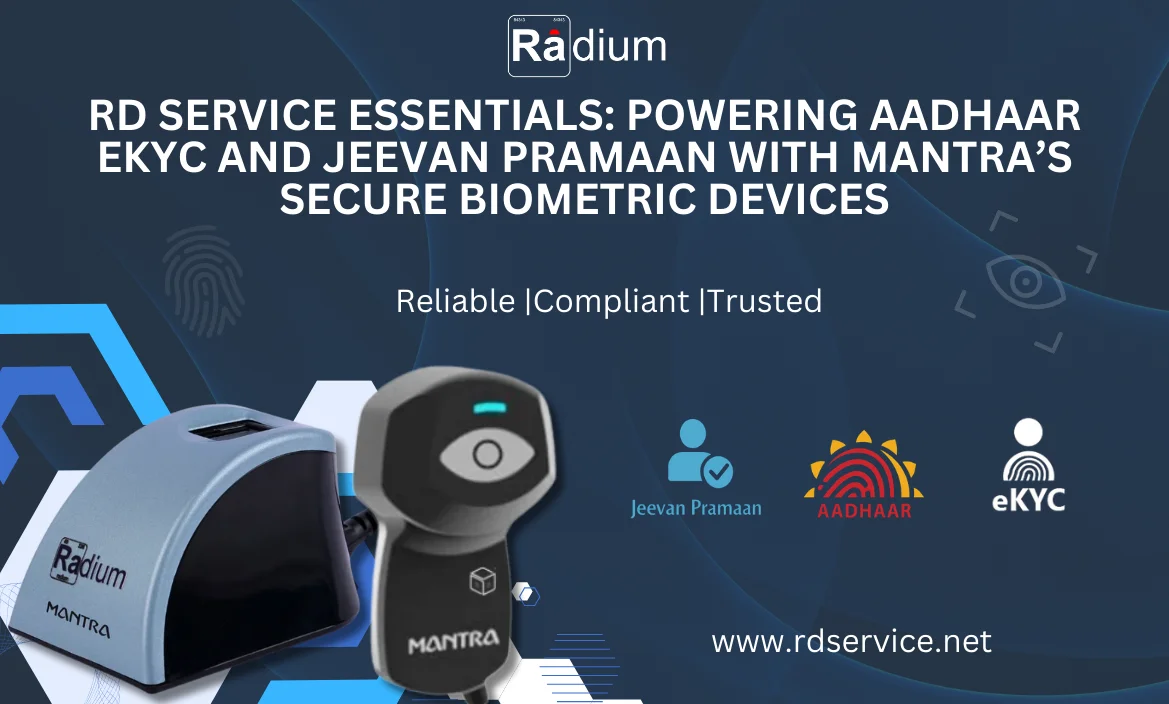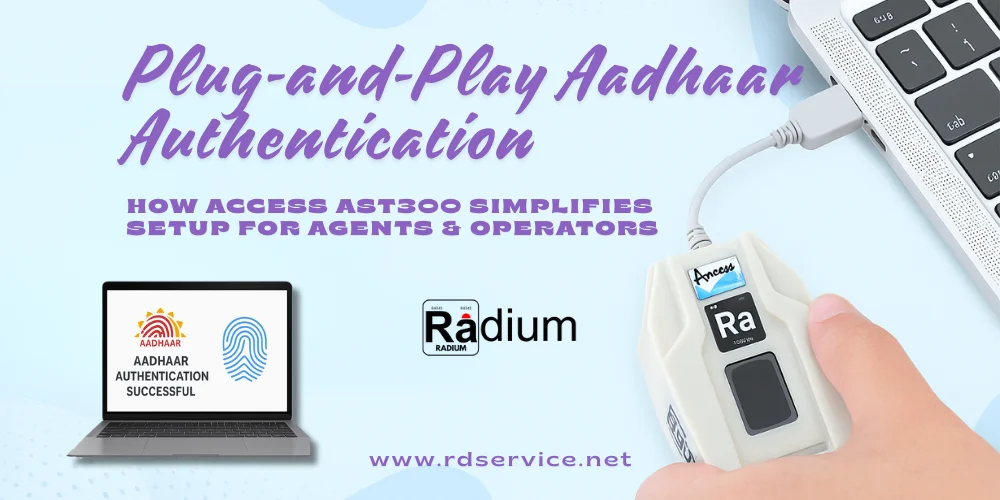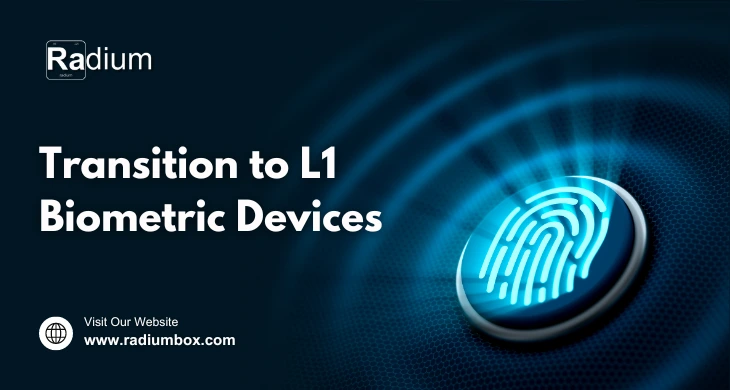
On the one hand, the Indian government has made great strides in digitalizing and securing the world while being sensitive to the sensitive information to be protected. The latest measure in this regard is migration from L0 biometric devices to far more secure and efficient L1 biometric devices basically for Aadhaar authentication. As per the latest update by uidai dated- 25th March 2025 all requesting entities and ASAs in the Aadhaar authentication ecosystem was informed as whitelisting of new L0 fingerprint registered devices has already stopped from 1.10.2024. The sunset period for L0 fingerprint registered devices which are valid as per Public Device Certificate (PDC) is hereby extended to 30th June 2025.
After the aforesaid process, the new integrated entity would undergo another level of transformation in migrating the entire existing base for Aadhaar authentication for eKYC and also for purposes of AEPS and attendance systems. This is necessary to provide better security while offering a better user experience and streamlining compliance with the regulatory standard.
Today, I am going to discuss with you why organizations want to move to L1 devices, the advantages of the offer, and what an organization needs to do to prepare to comply, before the deadline.
Why is UIDAI Phasing Out L0 Devices?
L0 biometric devices have been used heavily in India for Aadhaar authentication Device throughout the entire Indian economy, be it banks, telecom, government services, or corporate domains. Though it has served its intended purpose so far, the complexity level of cyber-attacks and data breaches made the device vulnerable and left behind a window to migrate towards L1 devices. The reason is attributed to the following factors:
-
Enhanced Security
The biometric encryption in L1 devices ensures the safe transmission of sensitive data only. The capacitive sensors are much more reliable and also cannot be tampered with as easily as in the case of optical sensors, which is a characteristic of L0 devices. Using L1 devices, such risks from these kinds of transmissions can be reduced to the minimum and biometric data is ensured to stay protected from any unauthorized access.
-
Improved Accuracy and Speed
The only main advantage of L1 devices, therefore, lies in the fact that they may maintain increased accuracy pertaining to the capture and verification of biometric information. L1 devices are known to reduce false rejections and false acceptances that occur with most L0 devices. Additionally, L1 devices process much faster than most other devices, which allows for authentication to occur much more quickly. This is very useful in high-traffic areas like banking and public service offices.
-
Regulatory Compliance
The primary advantage of L1 devices, therefore, is that they can maintain increased accuracy in the capture and verification of biometric information. L1 devices are known to reduce false rejections and false acceptances that occur with most L0 devices. L1 is much faster than most other devices in processing; thus, authentication occurs much more quickly. This is very useful in such heavily trafficked places as banking and public service offices.
-
Better User Experience
L1 biometric devices are meant for more streamlined and user-friendly experiences. The rejection rate of this equipment is lower, as this would reduce the amount of frustration from the user while ensuring that authentication remains smooth. This is particularly useful for organizations using Aadhaar-based attendance systems because quick and accurate verification will surely be important to the biometric identification system.
The Impact of Phasing Out L0 Devices
The impact of the phasing out of L0 devices will be voluminous and cut across many sectors. Banks, telecom companies, and other organizations that make use of Aadhaar authentication will have to replace the L0 devices with L1 devices and continue to provide secure services. Let's dig a little deeper into some of the sectors most affected.
-
Banking and Financial Services
These financial institutions are the biggest users of Aadhaar authentication, making it extensively used for eKYC as well as AEPS. Transitioning to L1 devices will further enhance the security of financial transactions since any information related to the sensitive details and transaction views would only be accessible from an authenticated device that only an authorized individual may use. It will thus combat fraud and secure customer data.
-
Telecom
Telecoms will now use Aadhaar authentication to provide SIM cards and authenticate their customers through the use of L1 devices which will enhance identity verification accuracy. This is to say that such SIM cards can only be provided to the right owners. This is the most pivotal step to ensure the telecom sector is free from identity theft and fraud.
-
Government Services
Many government services like subsidies, welfare schemes, and public distribution systems require Aadhaar authentication to verify the beneficiaries. L1 devices would make sure that only the right individuals were receiving those benefits, which would significantly reduce the scope of fraud and enhance the efficiency of all governments collectively.
-
Corporate Attendance Systems
Organizations that use biometric devices in recording the attendance of workers are also not left behind. L1 devices will give a proper record of attendance, which minimizes the errors to zero and thereby saves time worked by employees appropriately. That is why they require huge organizations that have thousands of people working within the organization.
List of L0 Devices Set for Decommissioning
The following L0 biometric devices will be deactivated by 30 June, 2025. Organizations using such devices shall replace them with L1-compliant ones before the said deadline:
Companies and Device Models:
Companies Modules ID
-
Linkwell Telesystems v-fK.GL11.A400.E
-
Integra Micro Systems IMS.PAX.A4OO.A
-
Integra Micro Systems IMS.OAS.CBME3.E
-
Integra Micro Systems IMS.IMS.MFlOO.W
-
Integra Micro Systems IMS.IMS.MFlOO.A
-
Secugen India HU2OA
-
Smartchip India 293658783
-
Secugen India HUlO
-
Evolute Systems EVOLUTEFPS4.600
-
Linkwell Telesystems vTK.Q2POS.TCS1S
-
Integra Micro Systems TMS.AQT.TCSlS.A
-
Evolute Systems LEOPARD
-
Evolute Systems FALCON
-
Bioenable Tech BIOENABLE BIOENABLE. BETPV
It is also accompanied by the following set of devices decommissioned before 30 June 2025.
Companies Models
-
Integra Micro Systems Pvt Ltd IMS.IMS.13OOE.W
-
Integra Micro Systems Pvt Ltd IMS.IMS.CSD2.W
-
Precision Biometric India Pvt Ltd PBCS2OO
-
Matrix Comsec Pvt Ltd MCP.FAX.5OOOH.E
-
Matrix Comsec Pvt Ltd MCP.FOT.5OOOH.E
Top 4 L0 Biometric Devices Available in the Market
To help with the process, here's a list of the best L1 biometric devices up to date:
-
Mantra MFS 100 L0 USB Fingerprint Scanner
The MFS 100 is a man-mantra model improved version of the basic MFS 100 model, it boasts of greater biometric matching and ID verification. This product also has support for Windows 10 and above versions while Android is supported 7+. In addition, the advanced cryptography means the biometric data is strictly encrypted.
-
Morpho MSO 1300 e3 L0 Single Fingerprint Biometric
Morpho MSO 1300 e3 Morpho MSO 1300 e3 is an accurate fingerprint scanner designed specifically for use in secure identity authentication. As per the guidelines of UIDAI, L0 devices are sunsetted as on official notification and users need to upgrade now to L1 compatible devices to provide ongoing Aadhaar Authentication Support.
-
Startek FM220 U L0 Fingerprint Scanner
The Startek FM220 U is famous for secure biometric data encryption as well as compliance with MOSIP L0 and UIDAI L0 specifications. It is being utilized highly in government ecosystems for secure authentication.
-
SecuGen Hamster Pro 20 AP
In very compact designs, with the specifications being highly secure, dustproof, and waterproof designs, SecuGen Hamster Pro 20 AP features fake finger rejection technologies and would be exceptionally useful for high-security environments.
Preparing for the Transition
The deadline to migrate to L1 biometric devices is fast approaching. Organizations need to start gearing up now by auditing the systems, defining the L0 devices that have to be replaced, and procuring L1 devices that conform to UIDAI's specifications.
Steps to Ensure a Smooth Transition:
-
Audit Available Devices: Establish which of the available devices are L0 and need replacement.
-
Procurement of L1 Devices: As there are numerous L1 devices in the market, the most appropriate choice of L1 device for a specific organization depends on their special needs.
-
Update Software: The systems will be updated to support L1 devices.
-
Staff Training: Staff need to be trained on the usage of the new L1 devices and educated on why change in that matter is necessary.
-
Test the system: Before you completely switch, test the new devices to check that they are working and integrating with your systems.
Conclusion
Aadhaar-based authentication across India has taken an excellent leap forward with the advent of L1 biometric devices from L0. With more complex cyber threats surmounting new ones, adequate, reliable, and secure biometric technology is the demand of the hour. L1 devices are better than L0s in security, accuracy, and user experience factors. Thus, L1 devices are unavoidable for sectors like banking, telecom, government services, and corporate environments.
For organizations, June 30, 2025, is not just a date related to compliance requirements but also an important window to bolster their operational security and data protection. Because L1 devices today offer sensitive personal and biometric data better protection against unauthorized access, fraud, and misuse, efficient authentication experiences with faster authentication processes and fewer errors in the identity verification process of organizations are now ahead.
The organization upgrades to L1 biometric devices to share in the vision of a more secure and digitally inclusive India as described by the government. Organizations upgrade to L1 biometric devices to contribute to the framework of digital transformation that emphasizes both convenience for its users and security. Beyond just compliances, L1 technology holds importance for establishing trust with the users and guaranteeing integrity for critical services with protection against the emergence of new threats in the digital landscape.
This way, the business-to-government disruptions will be at the lowest minimum to ensure that the services continue to be safe and Aadhaar authenticated. It will therefore require organizations to assess their prevailing systems procure a certified L1 device and train their personnel to get on without further delay in the final leg of the deadline. The importance of staying ahead of the curve with required upgrades is of utmost priority as it secures the future of Aadhaar-based services.
The L1 biometric devices must be upgraded; they should not only be implemented with the sole purpose of meeting regulatory compliance but rather as preparation for a more secure, efficient, and trusted system for the ever-growing digital infrastructure in India. Accept the change and invest in safe technologies to safeguard the integrity of your services.

